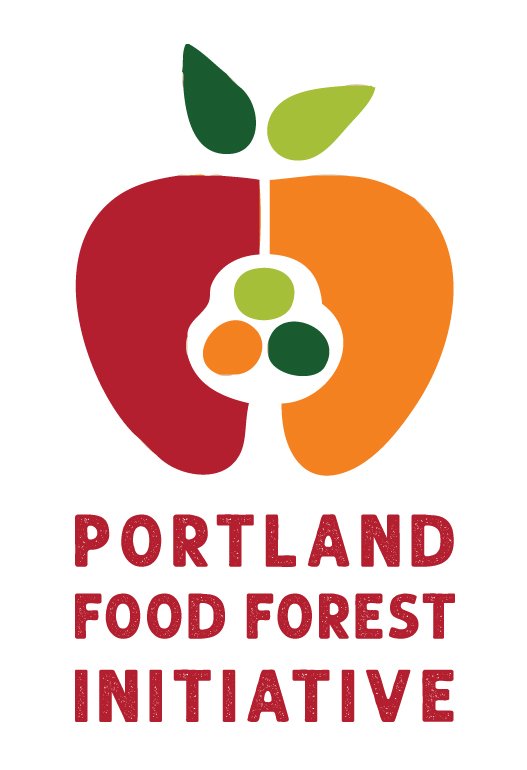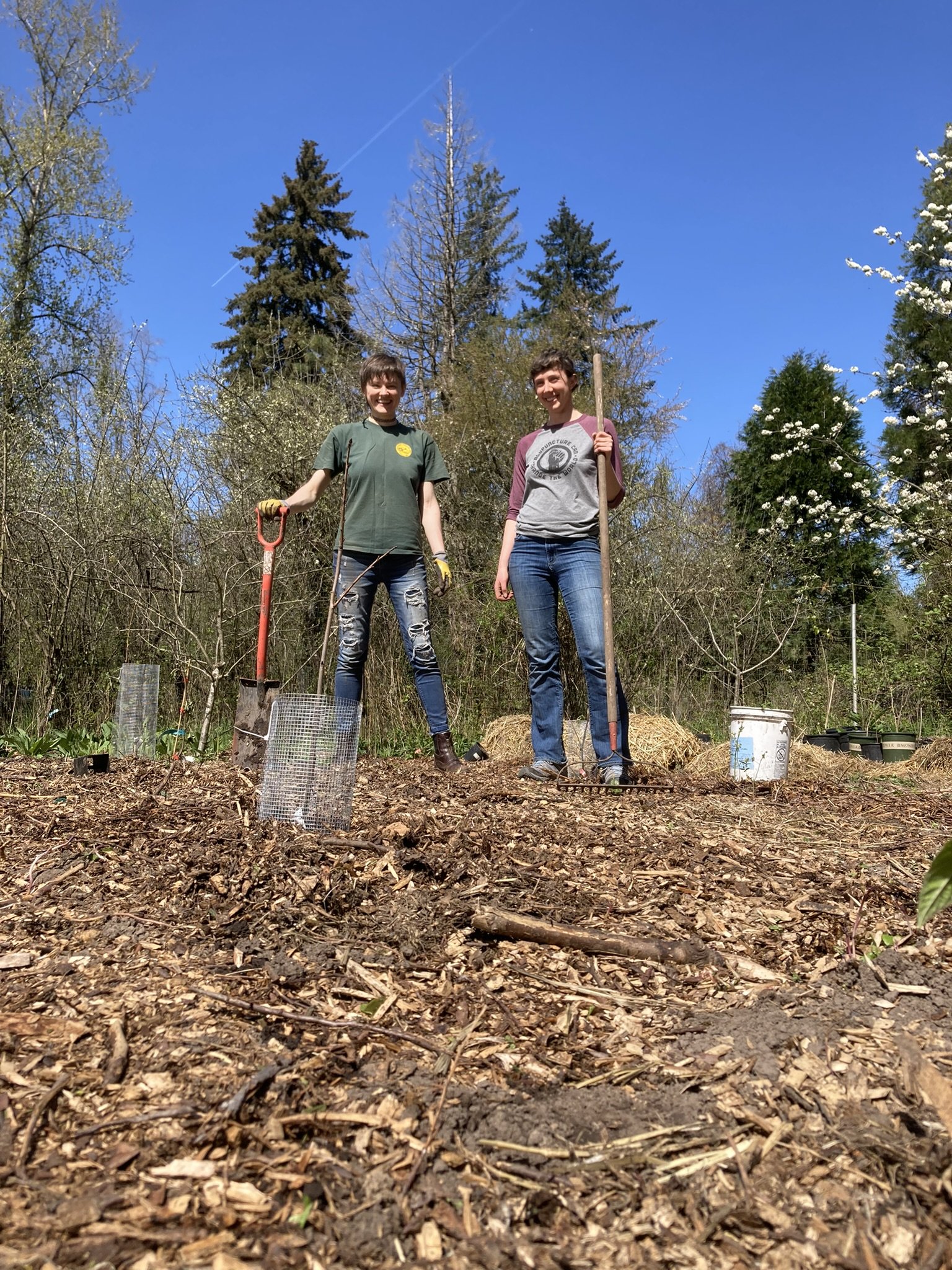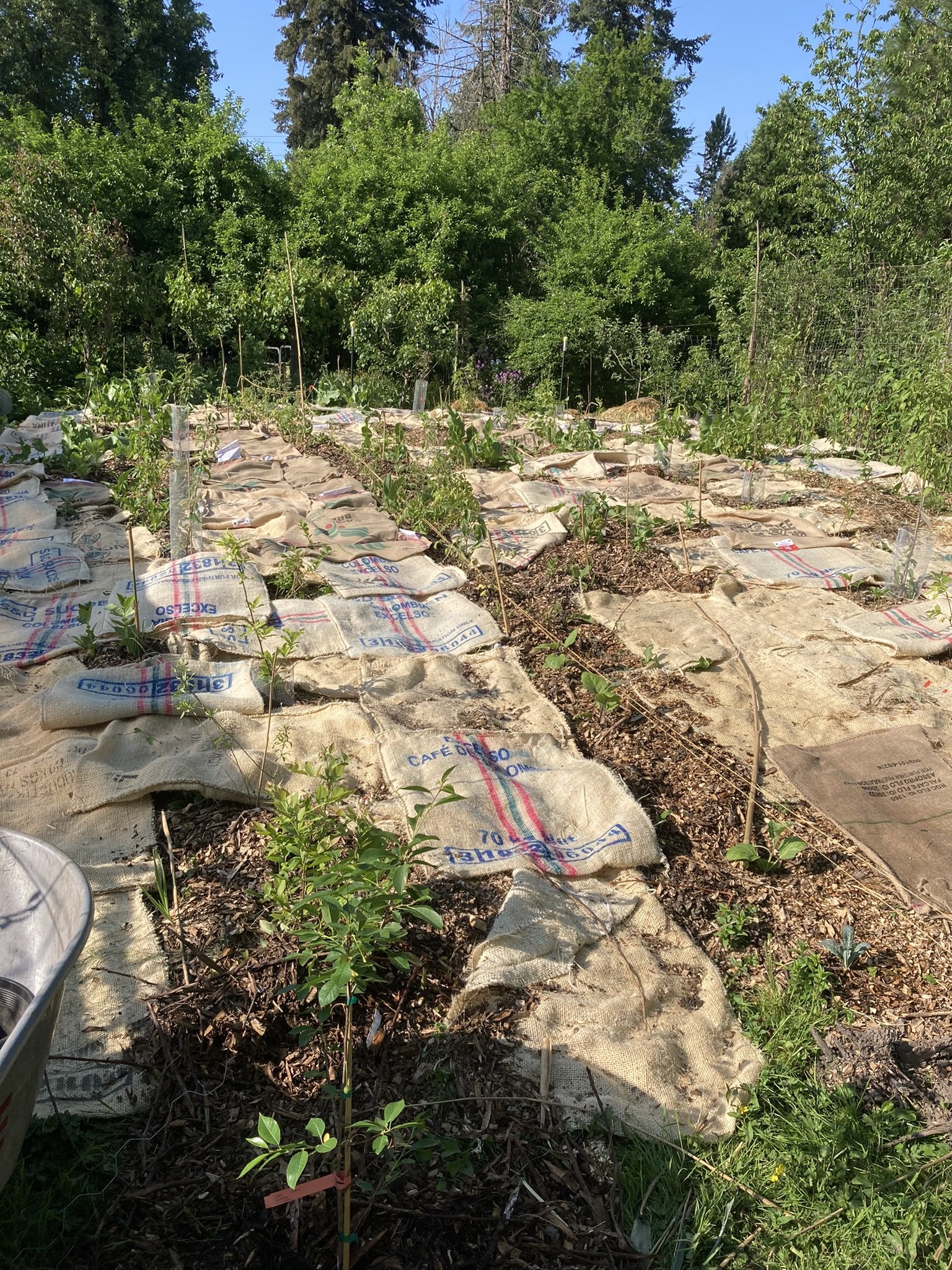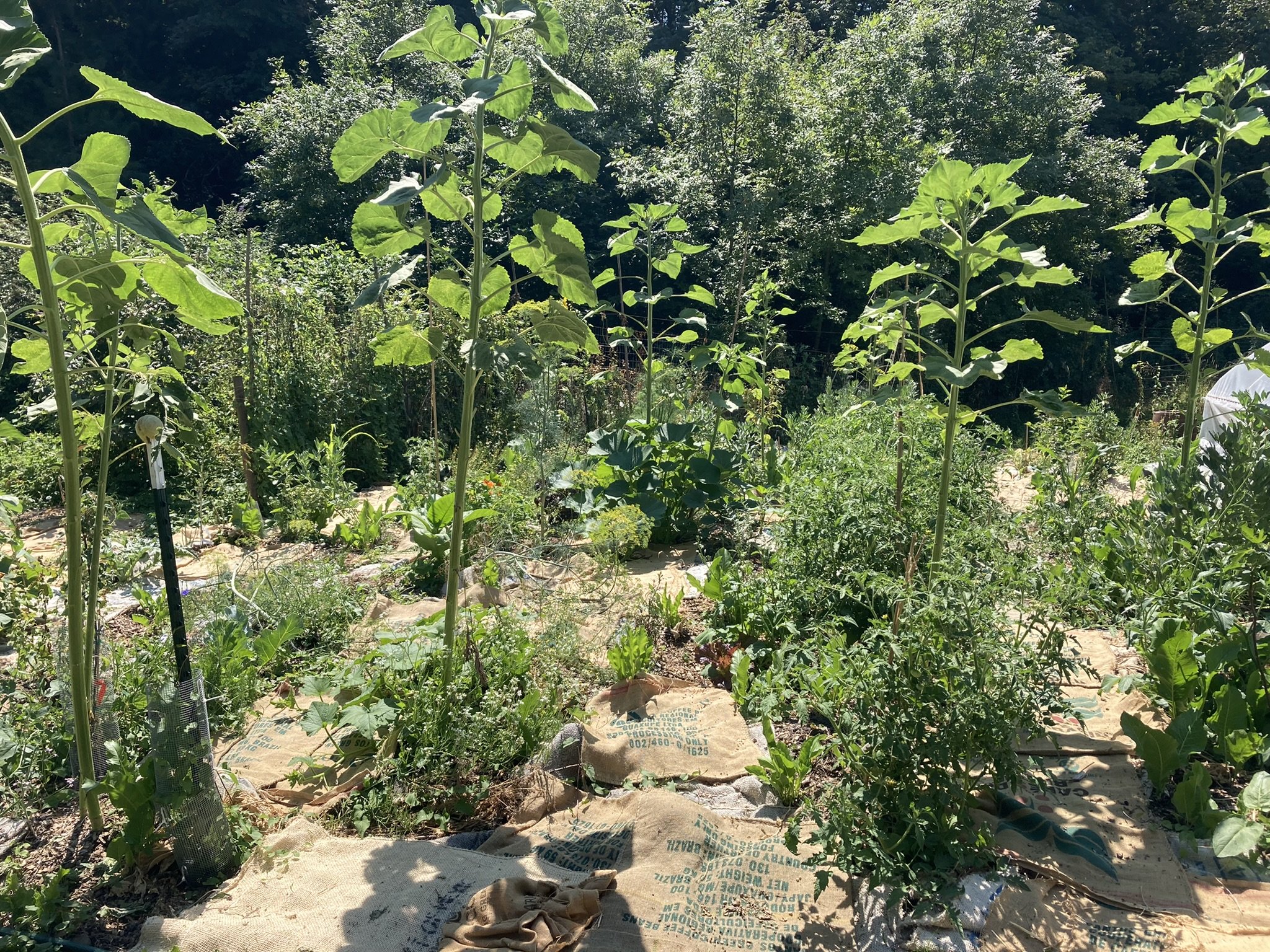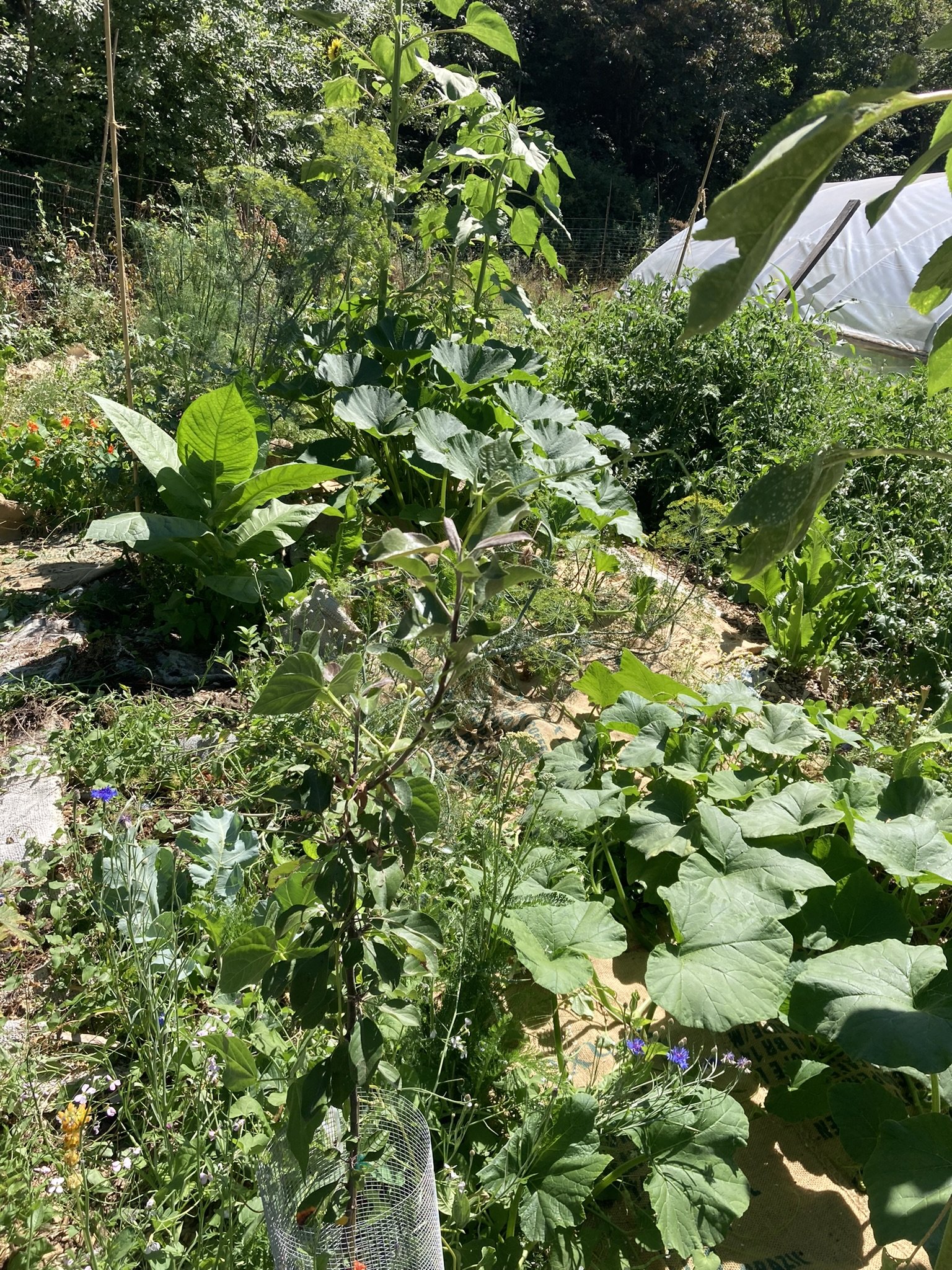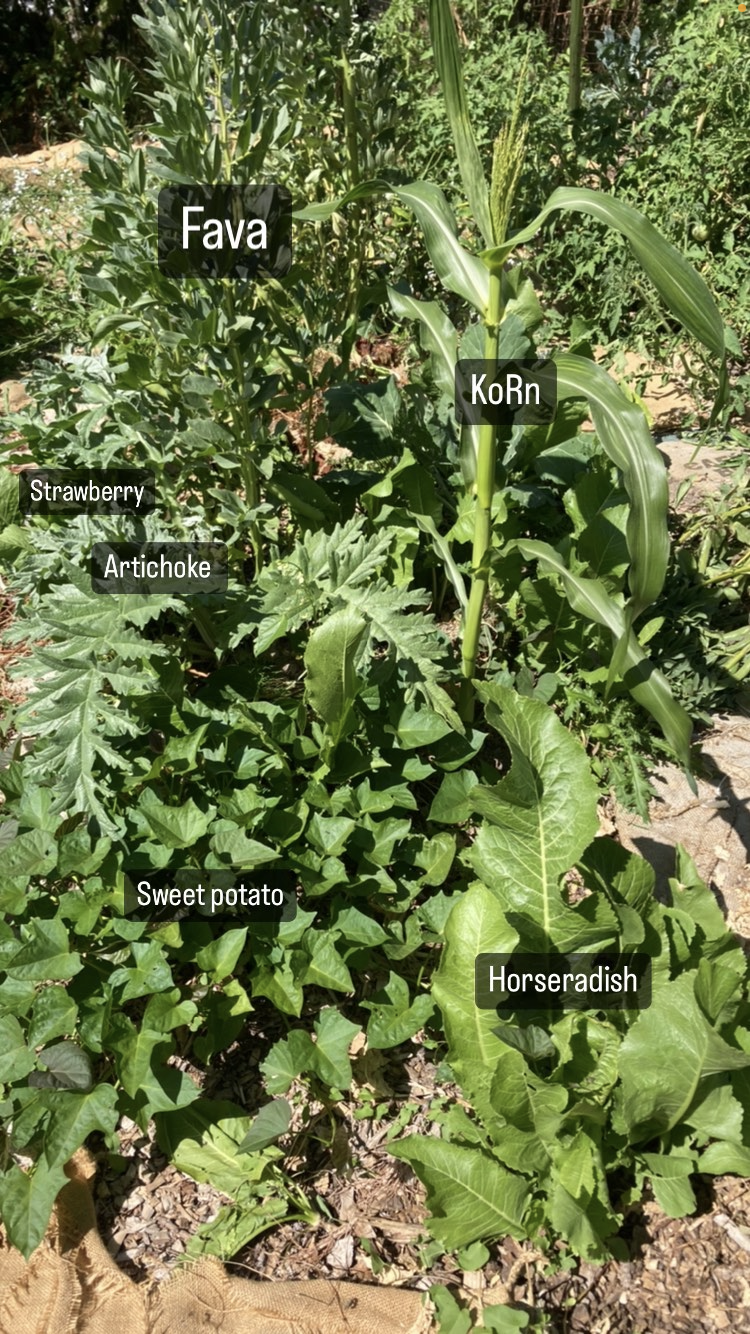
Jean’s Farm Food Forest
Jean’s Farm Food Forest
This site sits between a small apple orchard and a market garden. It had been farmed in the past, but had since been taken over by weeds. Matt and Kelly were kind enough to donate this site to us to convert into a food forest. We started by covering the ground with paper and woodchips in the winter of 2022 followed by a spring planting of fruit trees and shrubs. Flowers, herbs, veggies, and vines were planted as the weather warmed up in the late spring. Bindweed and thistle have been tenacious so using jute coffee bags has been helpful in suppressing the weeds. A June hail storm damaged a lot of the plants, but most have rebounded dramatically and the food forest is bursting in July of 2023!
Nov 2022, Brown paper and woodchips to suppress weeds and build soil.
March 2023, Bare root trees temporarily potted
Planting April 2023
Planting of trees complete!
Coffee bags laid down to suppress bindweed and thistle.
July 2023
July 2023
August 2023
Squash and veggies growing among the apple trees.
This planting’s canopy layer tree guilds include olives, mulberry, medlar, cornelian cherry, cherry, peach, plum, apples, pear, and fig.
The shrub layer includes blueberries, pineapple guava, currants, gooseberries, jostaberry, aronia, yuzu, goji, elderberry, raspberry, and two types of asparagus.
The groundcover consists of strawberry with sweet potato and squash growing during the summer.
Nitrogen Fixers include perennials autumn olive, seaberry, goumi, and lupine with fava, pole and bush beans, peanuts, and snap peas during the summer.
The herbaceous Layer includes comfrey, yarrow, lavendar, mugwort, purple mountain spinach, parsley, artichoke, tree collards, sea kale, herbs, medicinals, and a variety of pollinator-supporting flowers.
The vine layer includes hardy kiwi and grape.
The root and mycelial layers include garlic, horseradish, potatoes, onions, ginger, and winecap mushrooms
